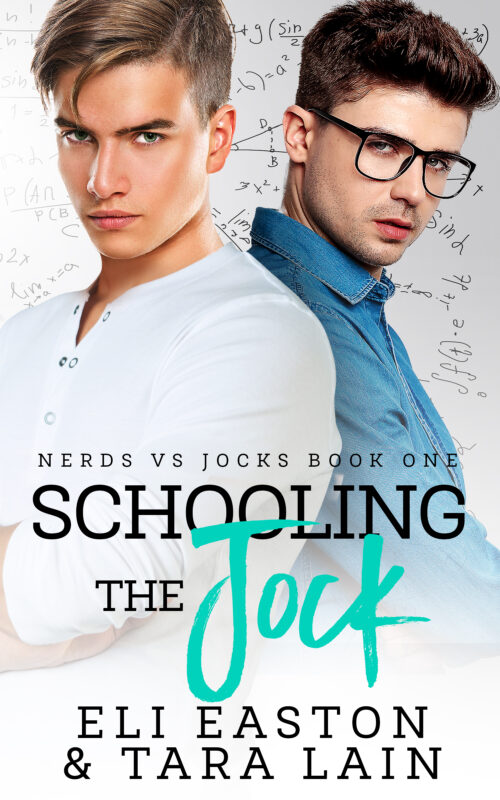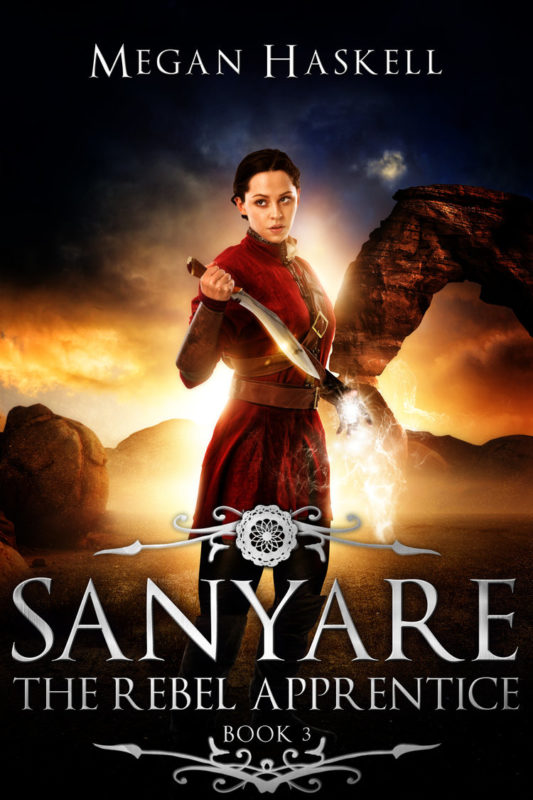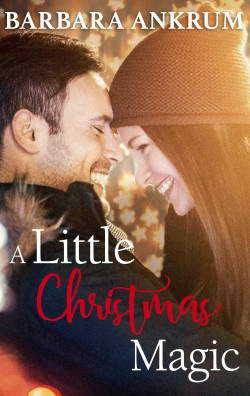A Dog’s Life: What Animals Bring To Your Story
July 15, 2012 by A Slice of Orange in category ArchivesToday a reader e-mailed to tell me she loved my book, Hostile Witness*, because I hadn’t killed Max. I’ve been traveling a lot in the last three weeks and it took me a minute to figure out who Max was and why it was so important to her that he was alive.
Max is Josie Bates’ dog; Josie is the heroine of the witness series. I was touched by the reader’s concern for the fictional canine, Max, and that made me wonder: Why is a book that includes animals richer, more entertaining, and more engaging than one without? The answer was simple: Animals bring out the best and the worst in a human character. This makes for great drama and provides an emotional touch point that is critical for a memorable read.
 Max-the-Dog (his legal name) was originally created as a reflection of Josie, his mistress. Both had been abandoned, both had to fight for their lives, both were protective of others. But Max became so much more than Josie’s mirror as the series unfolded.


Here are four ways Max made a difference in the witness series:


MAX ENHANCED HUMAN CHARACTERIZATION: Those who attack him were inherently more evil than a bad guy who ignored him. Those who love Max were more admirable because they cared for and protect him.
MAX WAS AN ANIMATED SOUNDING BOARD: Internal dialogue can be tedious. Allow a character to speculate to an animal and the rhetorical questions or monologues sound natural.
MAX’S PRESENCE SET A TONE: A scene tone can be set by the way a human character speaks to, or interacts with, an animal counterpart. A whispered warning creates a much different tone then a screaming command; a languid pet conjures up different visions than a playful puppy or kitten.

MAX HELPED MOVE THE PLOT FORWARD: An animal’s needs can put a human in a place they might not have been in. For instance, in Privileged Witness, Josie took Max out for his evening constitutional and ran into her fugitive client who was hiding outside. Without Max, Josie would have no reason to go outside and never would have discovered her client.
An animal’s heightened senses can also assist a human to warn of danger or alert a human to a change in their surroundings.
 From The Hound of the Baskervilles to Lassie and Blue Dog, My Friend Flicka and The Black Stallion, The Cheshire Cat and Puss-in-Boots, animals have frolicked as humans, served to reflect human frailties and strengths, and just plain worked their way into reader’s hearts because of who they are.

So to the kind lady who was concerned about Max, have no fear. He will never come to a violent end. No matter what happens to him his presence, or lack thereof, will be a decision motivated by story and plot and, of course, love, because Max is as real to me as if he sat at my feet while I wrote my stories.

*Hostile Witness is free for all e-readers and is also available in print and audio formats.
Pictured is my grand dog Tucker.
Cover Art Compromise
July 13, 2012 by A Slice of Orange in category Archives tagged as cover art, Lex Valentine, Winterheart DesignI’ve been having issues lately with some of the authors I’m doing covers for. The publisher’s new cover art form doesn’t really tell me what the characters look like. What the publisher is striving for is a new level of communication between the artist and the author. Thus far, I’m not sure if this way of doing things is working or not. I’m at the 50% mark. Half of the covers I’ve worked on have been simple because of this change in the process. The other half have been far more difficult.
Usually, for cover artists that actually do communicate with the author (remember that some houses do not allow this and some houses do not allow the author to have any input on the cover at all either) you can discover pretty quickly who is a diva with an entitled attitude and who isn’t. I’m not sure why, but I am still shocked when a brand new author exhibits this kind of attitude. I was pretty humble when I got my first contract. I was grateful for the things the publisher and cover artist could teach me about the process. I was grateful to have input at all.
When a brand new author comes at me with an aggressive attitude, requesting (okay demanding) to have her vision of the cover and to hell with what’s possible and what’s not possible…well, I tend not to give that person my best work because I’ve shifted into auto-pilot. I put together a cover that gives the author what they want without any creative input from me. The result can be a cover I wish I didn’t have my name on even if the author loves it. I know from experience though that trying to put my artistic stamp on a cover when an author isn’t willing to listen is a waste of time. I always want to tell them, “Look, there’s a reason you’re the author and I’m the artist. Believe me, your vision of this cover isn’t an attractive one!” Of course, I bite my tongue because that’s not professional. And, of course, like anyone who is frustrated I can have those moments where I think that maybe karma will win out and people won’t be attracted to the ugly cover the author likes so much, thereby losing them sales. Yes, I have my mean moments too. Born of frustration usually. Doesn’t mean I act on those moments and it doesn’t mean I continue to feel that way past the silent mental expression of it inside my own head. Luckily, this isn’t the norm.
This week I had a brand new author who had the best attitude ever. The cover I made was for her very first book. She had filled out one of the old cover art forms (not one of the new ones that make me have to grill the author about their characters before I can even start) and described a place in the book and the couple. She did a nice job with her descriptions and I came up with what I thought was a beautiful cover. She thought so too. She loved it. And many of you know how good it felt when the cover of your first book turned out to be gorgeous. It lifted you up, didn’t it? Made you feel even better about that first contract…
I ended up having a conversation with this author after everything was finalized. She thought looking for images must be hard work. I told her,it’s not looking for images that’s hard. It’s pleasing authors who have a vision in their head that they aren’t willing to bend on and who have no clue that what they are asking for is impossible. I told her, “And the things they think you should be able to do with a photograph in order to make it what they want…sheesh. Change the hair, change the eye color, put more clothes, less clothes, can he have his arm around her, make her expression not so soft, he needs to look at her more, needs thinner lips, more muscles, less hair, blah blah blah… Some stuff is possible, other things just are not and they don’t get it when you tell them that.”
It’s not always easy to be a cover artist, that’s for sure! And my author side had to remember this when filling out my own cover art form for Loose Id this week. I took my time with the form because this book is special to me and I wanted the artist to have a sense of that. It would kill me to have a cover that didn’t show the reader just how special Scrambling is. So I filled out my form very carefully in the hope that the art director and artist can see what this cover needs to be and what will make me happy as a new author with this house.
So just remember in the future with whatever publisher or artist you have to work with, be specific in the sense that you need them to know what your character looks like not just physically but emotionally. Be willing to bend on some of those specifics that you know are so unique to your character that a stock image probably won’t have it. And be willing to give the artist in words on your art form enough information to give the reader a sense of your book and your main characters. You want the cover to entice a reader to buy it so keep that in the back of your head when you fill out an art form. As long as you’re not a diva, you’ll be just fine and artists will be happy to work with you and will strive to give you their best work.
Lex Valentine
Winterheart Design
2011 EPIC Ariana Award Winning Cover Artist
winterheart.com
OCC/RWA in the Raw… Video, that is by Jina Bacarr
July 11, 2012 by A Slice of Orange in category Archives tagged as 2012, airport, Anaheim, conference, John Wayne Airport, OCC, Orange County, party, RWA, shuttle, taxi, videoRWA National 2012
July 6, 2012 by Linda O. Johnston in category Events, Pets, Romance & Lots of Suspense by Linda O. Johnston tagged as Harlequin, Linda O. Johnston, Literacy Signing, romantic suspense, RWA National 2012 That includes the panel I’m on, on Friday, July 27, at 2 PM. It’s on Writing a Series You’re Passionate About, and among the participants are OCC member Pat Wright (writing as Patricia Thayer) and our agent Paige Wheeler of Folio Literary Management. Come hear us–and bring questions!
That includes the panel I’m on, on Friday, July 27, at 2 PM. It’s on Writing a Series You’re Passionate About, and among the participants are OCC member Pat Wright (writing as Patricia Thayer) and our agent Paige Wheeler of Folio Literary Management. Come hear us–and bring questions!Twenty-Five Meaninful Words
July 2, 2012 by A Slice of Orange in category Archives tagged as Barb Delong, Conversations with Barb and Jann, Jann AudissWhen I was ten I entered Toronto’s “I love my daddy because . . .†Contest. The catch? Write it in twenty-five words or less. Actually, only twenty by the time you count that opening phrase of the contest’s title. When the call came that I’d won, you’d have thought it was the Pulitzer. The prize I did win was a shiny new two-wheeler.
I’ve been trying to write twenty-five meaningful words ever since. I’ve had some success, some – practice (I won’t call it failure). When I decided to write my first novel in ninth grade, a historical western romance, I felt free, unrestrained by the petty word count dictated by high school English teachers. Whee!! The words flowed, and flowed . . . And flowed. I had great fun.
Much later, I joined RWA and the Orange County Chapter. My, uh, practice continued and I thought I learned everything there was to know about writing through the chapter’s fabulous meetings, workshops, on-line classes, contests and networking. And hey, I was still having fun, even though I had to tame that unrestrained flow of words. It was not until the chapter announced its first anthology of short stories Romancing the Pages that I gave serious thought to not only counting each word, but making each word count. My story, “The Guy with the Dragon Tattoo,†started out at 2,500 words. After many edits, it came in around 2,000. Gone are most of the dialogue tags, unnecessary description and background information, and a whole lot of narrative. I had a blast writing it, too.
The experience of writing and editing that short story got me thinking about my novel-length WIP. I’m still on my first draft, but you can bet as I edit I’ll be analyzing each scene, paragraph, sentence and word to make them count. That’s what powerful writing is all about. Yes, you can write sparingly and still convey powerful emotion. Hemingway can attest to that in his book consisting of only these six words: “For sale. Baby shoes. Never worn.†My eyes tear, my heart breaks every time I read them.
I challenge Hemingway! I will now sum up the most important thing you need to know about writing in one word: WRITE!!
Affiliate Links
A Slice of Orange is an affiliate with some of the booksellers listed on this website, including Barnes & Nobel, Books A Million, iBooks, Kobo, and Smashwords. This means A Slice of Orange may earn a small advertising fee from sales made through the links used on this website. There are reminders of these affiliate links on the pages for individual books.
Search A Slice of Orange
Find a Column
Archives
Featured Books
THEIR NIGHT TO REMEMBER
A handsome stranger…With an ulterior motive.
More info →SCHOOLING THE JOCK
Only an unfair universe makes a guy who’s that gorgeous so damned obnoxious.
More info →SANYARE: THE REBEL APPRENTICE
To save millions of lives, she may have to sacrifice the ones she loves…
More info →A LITTLE CHRISTMAS MAGIC
Christmas in Marietta, with all the trimmings, may be just the ticket.
More info →Newsletter
Contributing Authors
Search A Slice of Orange
Find a Column
Archives
Authors in the Bookstore
- A. E. Decker
- A. J. Scudiere
- A.J. Sidransky
- Abby Collette
- Alanna Lucus
- Albert Marrin
- Alice Duncan
- Alina K. Field
- Alison Green Myers
- Andi Lawrencovna
- Andrew C Raiford
- Angela Pryce
- Aviva Vaughn
- Barbara Ankrum
- Bethlehem Writers Group, LLC
- Carol L. Wright
- Celeste Barclay
- Christina Alexandra
- Christopher D. Ochs
- Claire Davon
- Claire Naden
- Courtnee Turner Hoyle
- Courtney Annicchiarico
- D. Lieber
- Daniel V. Meier Jr.
- Debra Dixon
- Debra H. Goldstein
- Debra Holland
- Dee Ann Palmer
- Denise M. Colby
- Diane Benefiel
- Diane Sismour
- Dianna Sinovic
- DT Krippene
- E.B. Dawson
- Emilie Dallaire
- Emily Brightwell
- Emily PW Murphy
- Fae Rowen
- Faith L. Justice
- Frances Amati
- Geralyn Corcillo
- Glynnis Campbell
- Greg Jolley
- H. O. Charles
- Jaclyn Roché
- Jacqueline Diamond
- Janet Lynn and Will Zeilinger
- Jeff Baird
- Jenna Barwin
- Jenne Kern
- Jennifer D. Bokal
- Jennifer Lyon
- Jerome W. McFadden
- Jill Piscitello
- Jina Bacarr
- Jo A. Hiestand
- Jodi Bogert
- Jolina Petersheim
- Jonathan Maberry
- Joy Allyson
- Judy Duarte
- Justin Murphy
- Justine Davis
- Kat Martin
- Kidd Wadsworth
- Kitty Bucholtz
- Kristy Tate
- Larry Deibert
- Larry Hamilton
- Laura Drake
- Laurie Stevens
- Leslie Knowles
- Li-Ying Lundquist
- Linda Carroll-Bradd
- Linda Lappin
- Linda McLaughlin
- Linda O. Johnston
- Lisa Preston
- Lolo Paige
- Loran Holt
- Lyssa Kay Adams
- Madeline Ash
- Margarita Engle
- Marguerite Quantaine
- Marianne H. Donley
- Mary Castillo
- Maureen Klovers
- Megan Haskell
- Melanie Waterbury
- Melissa Chambers
- Melodie Winawer
- Meriam Wilhelm
- Mikel J. Wilson
- Mindy Neff
- Monica McCabe
- Nancy Brashear
- Neetu Malik
- Nikki Prince
- Once Upon Anthologies
- Paula Gail Benson
- Penny Reid
- Peter Barbour
- Priscilla Oliveras
- R. H. Kohno
- Rachel Hailey
- Ralph Hieb
- Ramcy Diek
- Ransom Stephens
- Rebecca Forster
- Renae Wrich
- Roxy Matthews
- Ryder Hunte Clancy
- Sally Paradysz
- Simone de Muñoz
- Sophie Barnes
- Susan Squires
- T. D. Fox
- Tara C. Allred
- Tara Lain
- Tari Lynn Jewett
- Terri Osburn
- Tracy Reed
- Vera Jane Cook
- Vicki Crum
- Writing Something Romantic
Affiliate Links
A Slice of Orange is an affiliate with some of the booksellers listed on this website, including Barnes & Nobel, Books A Million, iBooks, Kobo, and Smashwords. This means A Slice of Orange may earn a small advertising fee from sales made through the links used on this website. There are reminders of these affiliate links on the pages for individual books.













































